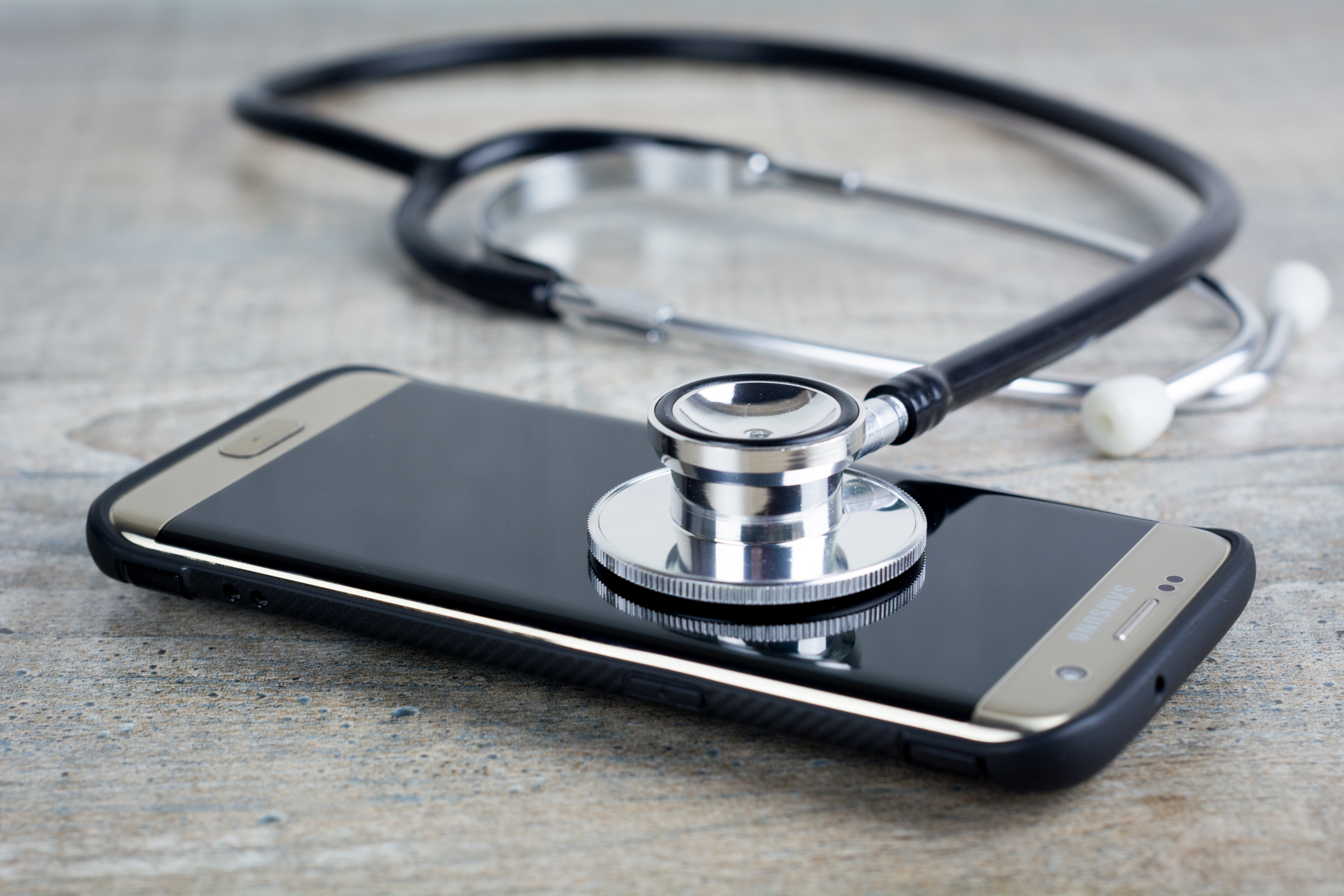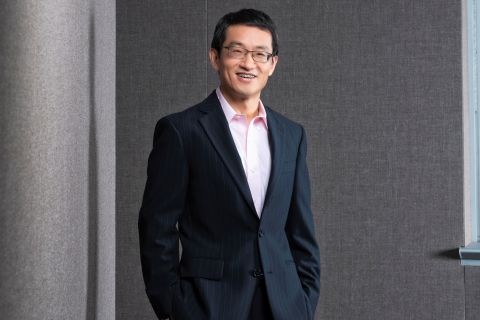
Mobile Health, or mHealth, is a branch of digital health focussed on monitoring health-related information which can be sent directly to doctors and other healthcare professionals.
A team of researchers from the University of Cambridge and Singapore Management University investigate how head-worn technologies have only come about in the last couple of years or so, but look set to revolutionize the ever-popular sector of personalized health monitoring as we know it.
Read their original article: https://dx.doi.org/10.1109/MPRV.2022.3191711
Transcript:
Hello and welcome to Research Pod. Thank you for listening and joining us today. In this episode, we will be looking at the work of Assistant Professor Dong Ma from Singapore Management University and Adrea Ferlini, Lorena Qendro and Cecilia Mascolo each from the University of Cambridge. Together, this research team have investigated the current challenges and potential future opportunities for mobile health with head-worn devices.
Advances in technology look set to change the face of global health care as we know it. One exciting and fast-growing area of research is that of Mobile Health or mHealth for short. It is branch of digital health focussed on monitoring human health and behaviour using mobile technology. mHealth paves the way to remote monitoring so that health-related information can be sent directly to doctors and other healthcare professionals based at a different location entirely. If this vision does not seem convenient enough already, then consider that this monitoring of health data looks set to become ever more imperceptible and streamlined than previously known with the advent of head-worn devices equipped with sensors to monitor our health. These mimic well-known regular devices like earbuds, glasses, hairclips and necklaces or the addition of newly conceived implements like jaw-bone mounted wearables. Head-worn technologies have only come about in the last couple of years or so, but look set to revolutionize the ever-popular sector of personalized health monitoring as we know it.
Digital health monitoring has been a widespread phenomenon since the rise of the smartphone and then later the integration of mobile sensing via wearable technological devices, such as the smartwatch. Since the early 2000s we have been able to monitor steps taken and calories consumed using our mobile devices. More recently we have been able to track sleep patterns, heart rate, blood oxygen levels. As mobile technology becomes ever more sophisticated the most up-to-date models can even track atrial fibrillation (or AFib) an irregular and abnormally fast heartbeat that can lead to stroke.
So, what is it about wearing a head-worn device that is advantageous compared to, say, that of wearing a smartwatch on the wrist? Well to start with, the human head is full of bio-signals and the proximity of wearables to the eyes and the ears only adds to this potential. We may position sensors within the ear-canal to read our respiratory rate, core body temperature and blood pressure in addition to other complex bio-signals. A huge advantage of head-worn gear is the relative stability in positioning compared with say the wrist. We move our heads less frequently and less vigorously than we do our arms. This much reduces the chances for motion related interference or noise to occur. This prospect is even more fully realised when we consider the advent of Brain Computer Interfaces or BCIs, that can be utilized for the measuring of intimate brain states like our emotions. BCIs are particularly useful for aiding those with disabilities with low-cost BCI-assisted drones for example employed in the case of physical impairments. Then there is the potential for doubling up the advantages of a head-worn device that can be used as a disease preventative measure, not just in terms of general health monitoring, but also for directly evading infectious disease in real time. In light of the Covid-19 pandemic, it isn’t difficult now to imagine the benefits of using a wearable facemask with digital both for immediate infection control and for the prospect of remote health monitoring.
So how exactly does mobile health work? How are bio-signals detected and sent to our doctor down the road or maybe even further away? To get an overview of how it all works we need to consider what Assistant Professor Dong Ma and his colleagues have referred to as the architecture of the mobile health ecosystem. The pathway is totally reversible so that data may be sent both ways. A user’s vital signs can be sent the healthcare provider for data analysis and likewise medical advice can be relayed back to the user. If we start at one end, we have the user (i.e., a ‘patient’ if you like ranging from the young to the old) whose information is relayed to the sensor (for example an ECG sensor that monitors bio-signals from the heart) within the head-worn device (so the users earbuds, glasses, necklace and so on) from here the signal goes to data storage (so the cloud for example) and it is relayed from there for data analysis (so sent to the doctor to read the results).
If head-worn technology is to play an integral role in the future of mobile health certain conditions need to be in place to enable it to happen. These primarily revolve around (1) reliability – particularly to remove the noise we mentioned earlier on (2) energy saving –the sensing devices in operation need to be streamlined for optimal use so that we are measuring what we want to measure and when. So, there is no point in running sensors primed for the detecting of sleep waves while we’re mid-way through eating our lunch in the park (3) safety and comfort –so what is the optimal design here to ensure wearability but also good functionality? (4) privacy and security ––these are highly personal data going to the cloud. Advances in encryption and similar such devices to protect anonymity obviously needs to be a high priority here.
The research team from Singapore and Cambridge have surveyed the challenges that have emerged in the new field of mobile health with head-worn devices. Only with a sound knowledge of these challenges can we hope to identify future possible directions for research, and this is exactly what the team aspired to do. We have touched upon a few of the concepts already and here we consider a few more more:
First of all, there is the problem of how to measure multiple bio-signals all at once using a single small device. While the kinds of signals we can measure have expanded in recent years we don’t yet have the technological capacity to deal with multiple measurements without acquiring problems such as interference. A solution would be to optimise the technology so that sensors are positioned in the best possible location. Another possibility is to have dual sensing channels and the human head offers us the benefit of the eyes and ears in close proximity meaning we could use two measuring devices rather than just the one.
Another challenge lies in the efficient processing of all of this rich data that we’ll be acquiring when using our smart glasses equipped with sensor technology for example. Future directions for research here lie in efforts for improvements in machine learning to detect which signals are needed and which aren’t. Possible solutions might involve clinician and maybe ever user intervention in the overall process too.
The next thing to look at is system optimization. We already touched on the idea of saving energy. The fact mobile health applications are expected to be in continuous use obviously comes with the problem of high demands for power and likely issues with battery drainage. We touched on optimising high priority bio-signals above and other solutions could be to look at alternatives to power generation through for example the use of kinetic and thermal energy.
The advent of mobile health will most certainly move us away from disease -centred care and toward a more patient-centred approach. There will also be shift away from a focus on treatment to a focus on preventative care and head-worn technologies look set to play a key role. The future of healthcare looks set to be transformed in a positive way that is more streamlined, personal and efficient. And to get there we now urgently need to address the challenges.
As the authors say:
“We have to acknowledge and embrace that with great sensing capability comes great responsibility. Therefore, sensory enhancements will inevitably come with new, stringent, privacy and ethical concerns and challenges the researchers will have to face and address.”
That’s all for this episode, thanks for listening. You can find the paper on Mobile-Health with head-worn devices in the show notes for this episode and, as ever, be sure to subscribe to ResearchPod to hear more of the latest science news.
See you again soon.
Also published on: https://researchpod.org/health-medicine/mobile_health_head_worn_devices
Podcast is also available on Spotify, Apple iTunes, Google Podcasts, and many more (please use search term “ResearchPod”).
See More News
Want to see more of SMU Research?
Sign up for Research@SMU e-newslettter to know more about our research and research-related events!
If you would like to remove yourself from all our mailing list, please visit https://eservices.smu.edu.sg/internet/DNC/Default.aspx

